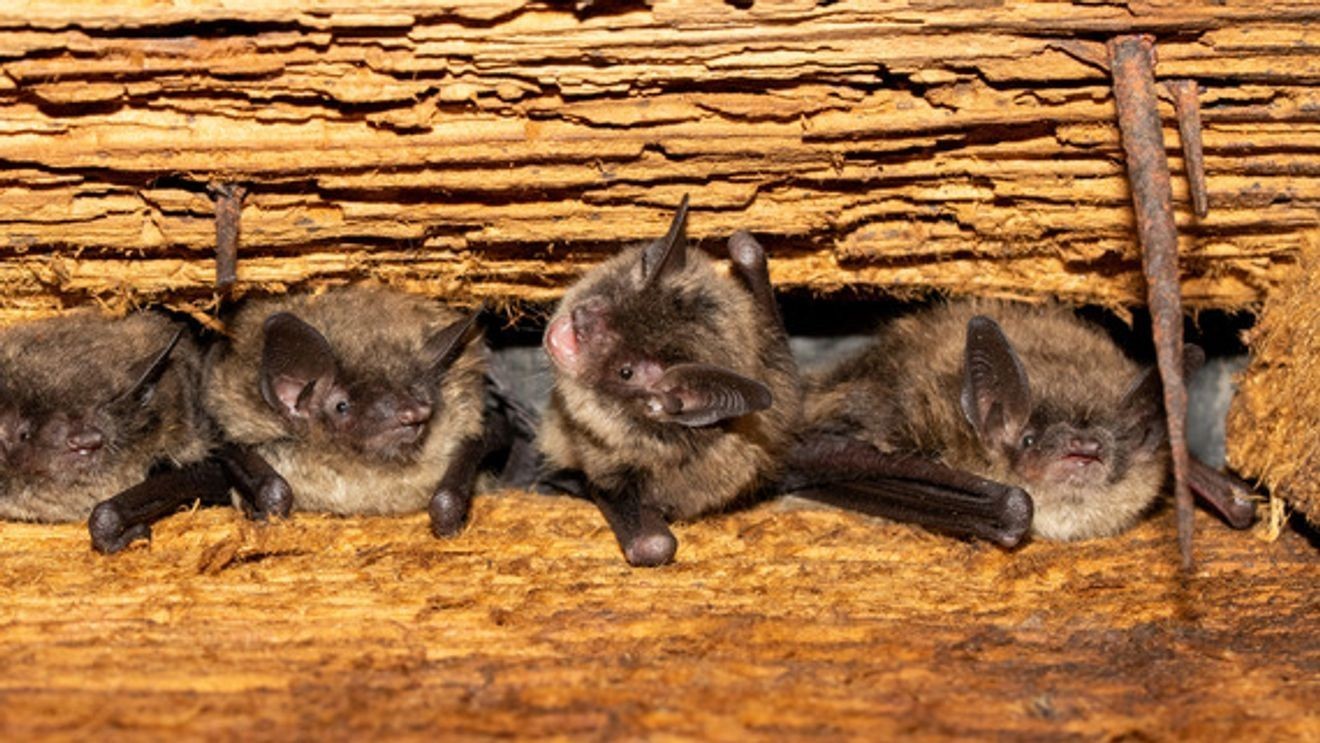
A lethal fungal disease that has ravaged bat populations throughout North America has now been detected in several California counties, sparking concern among wildlife experts. The fungus, known as Pseudogymnoascus destructans, causes white-nose syndrome, a condition particularly deadly to hibernating bat species.
The California Department of Fish and Wildlife (CDFW) confirmed the presence of the fungus in Humboldt County in 2023. By 2024, it had spread to four additional counties: Sutter, Placer, Amador, and Inyo. Preliminary testing suggests it may have reached even further, with inconclusive results in seven other counties across the state.
White-nose syndrome attacks bats during their winter hibernation, damaging their wing membranes and often causing them to wake prematurely. This untimely arousal can lead to dehydration and death, as food and water sources are scarce during the cold months.
While no bats in California have yet shown visible symptoms of the disease, the fungus's presence is cause for alarm. The disease has been devastating to bat populations in other parts of North America since its discovery in 2006.
The fungus has been detected on several bat species in California, including the little brown myotis, Yuma myotis, long-legged myotis, big brown bat, and Mexican free-tailed bat. In a concerning development, a female Western red bat in Sutter County tested positive for the fungus in May 2024, marking the first time this species has been affected.
Biologists from CDFW, the National Park Service, and the U.S. Fish and Wildlife Service have been vigilantly monitoring California's bat populations since 2016. These efforts are part of a larger national surveillance initiative led by the U.S. Geological Survey National Wildlife Health Center.
The public is advised not to handle wildlife, especially sick or dead animals. Any sightings of sick or dead bats, or unusual behavior such as winter activity, should be reported to authorities immediately.
Human activity can inadvertently spread the fungus, as spores can attach to clothing, shoes, or equipment that has come into contact with infected bat roosts. To prevent further spread, individuals are encouraged to follow the National White-nose Syndrome Decontamination Protocol when entering or leaving areas where bats may be present.
As the situation unfolds, CDFW and its partners will continue their surveillance efforts to assess the potential impacts of this deadly disease on California's bat populations. The spread of white-nose syndrome in California represents a serious threat to these ecologically important mammals, and ongoing research and conservation efforts will be critical in mitigating its effects.